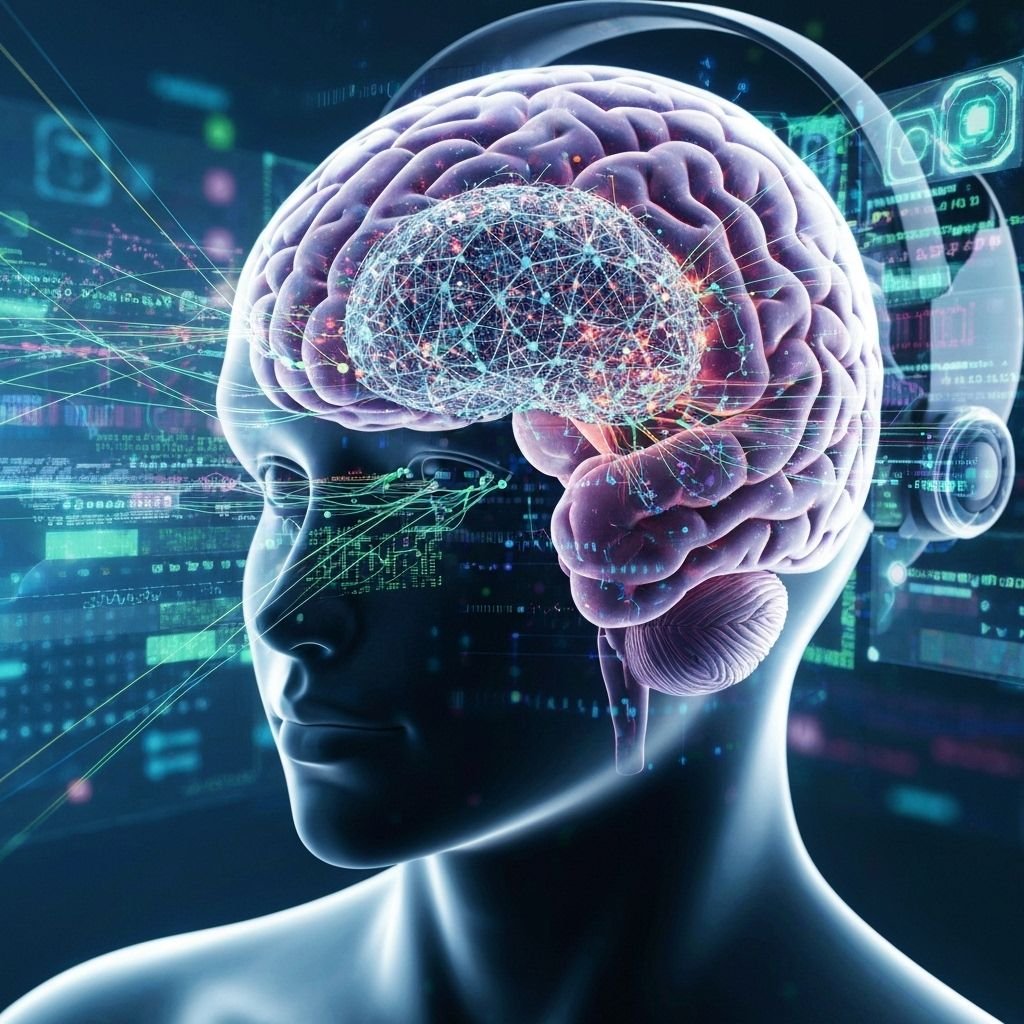Apple has officially launched the iPhone 16 series, marking a revolutionary step forward in mobile artificial intelligence. The new devices introduce Visual Intelligence, a groundbreaking AI system that transforms how users interact with their smartphones while maintaining Apple's commitment to privacy and security.
Visual Intelligence: A New Paradigm
The standout feature of the iPhone 16 is Visual Intelligence, an AI-powered system that can analyze and understand visual content in real-time. Unlike cloud-based AI solutions, Visual Intelligence runs entirely on-device using Apple's new A18 Pro chip, ensuring user privacy while delivering lightning-fast responses.
Visual Intelligence can identify objects, read text, translate languages, and provide contextual information about virtually anything the camera sees. Users can simply point their iPhone at a restaurant, landmark, plant, or document, and the system provides relevant information instantly.
Enhanced Siri with Advanced Natural Language Processing
The iPhone 16 features a completely redesigned Siri experience powered by advanced natural language processing. The new Siri can understand context across multiple requests, maintain conversation history, and provide more nuanced responses to complex queries.
Key improvements to Siri include:
- Contextual awareness across app interactions
- Multi-step task completion without repeated commands
- Enhanced voice recognition with accent adaptation
- Real-time language translation for 50+ languages
- Personalized responses based on user preferences
Apple's Senior Vice President of Software Engineering, Craig Federighi, explains: "We've reimagined Siri from the ground up. It's no longer just a voice assistant—it's an intelligent companion that understands you and helps you accomplish tasks more naturally than ever before."
On-Device Processing: Privacy Meets Performance
One of the most significant aspects of the iPhone 16's AI capabilities is the emphasis on on-device processing. The A18 Pro chip features a dedicated Neural Engine with 16 cores, capable of performing 35 trillion operations per second. This processing power enables sophisticated AI features without sending personal data to external servers.
The on-device approach provides several advantages:
- Enhanced privacy protection
- Faster response times
- Offline functionality
- Reduced data usage
- Improved battery efficiency
AI-Powered Photography Revolution
The iPhone 16's camera system incorporates advanced AI algorithms that revolutionize mobile photography. The new Photographic Styles feature uses machine learning to understand scene composition, lighting conditions, and subject matter to automatically enhance photos in real-time.
Smart HDR 5 technology analyzes each pixel individually, making intelligent decisions about exposure, color balance, and noise reduction. The AI can distinguish between different elements in a scene—such as people, sky, and vegetation—and optimize each component separately for stunning results.
Professional photographer Maria Santos, who tested the iPhone 16 extensively, notes: "The AI-powered photography features feel like having a personal photo editor that works in real-time. The results are consistently impressive, even in challenging lighting conditions."
Intelligent App Integration
The iPhone 16 introduces App Intents, an AI-driven system that allows applications to work together more seamlessly. Users can perform complex tasks that span multiple apps using simple voice commands or gestures.
For example, users can say "Create a presentation about my trip to Paris" and the AI will automatically gather photos from the Photos app, check calendar events, pull in weather data, and create a comprehensive presentation in Keynote.
Accessibility Enhancements Through AI
Apple has leveraged AI to create new accessibility features that make the iPhone 16 more inclusive:
- Voice Control Pro: Enhanced voice navigation with contextual understanding
- Live Text Plus: Real-time text recognition and audio description
- Smart Magnifier: AI-powered zoom with text enhancement
- Sound Recognition: Identification of important environmental sounds
Developer Ecosystem and AI Framework
Apple has introduced Core ML 8, an advanced machine learning framework that allows developers to integrate sophisticated AI features into their applications. The framework provides access to the iPhone 16's Neural Engine, enabling third-party apps to perform complex AI tasks efficiently.
Early developer feedback has been overwhelmingly positive. Sarah Kim, lead developer at productivity app Notion, comments: "Core ML 8 opens up incredible possibilities. We can now implement features that were previously impossible on mobile devices."
Battery Life and Performance Optimization
Despite the advanced AI capabilities, the iPhone 16 delivers impressive battery life through intelligent power management. The AI system monitors usage patterns and optimizes performance to maximize battery efficiency.
Smart Battery Learning adapts to individual usage patterns, pre-loading frequently used apps and reducing background activity for unused applications. This AI-driven approach results in up to 25% longer battery life compared to previous iPhone models.
Privacy and Security Innovations
Apple has implemented several privacy innovations in the iPhone 16:
- Private Compute Cloud: When cloud processing is necessary, data is encrypted and processed in secure Apple servers with no persistent storage
- Differential Privacy: AI learning from user behavior without compromising individual privacy
- On-Device Processing: Most AI features work without internet connectivity
- Selective Data Sharing: Users have granular control over what data AI features can access
Market Impact and Industry Response
The iPhone 16's AI features have generated significant interest from both consumers and industry analysts. Early sales figures indicate strong demand, particularly for the Pro models that offer the most advanced AI capabilities.
Competitor response has been swift, with Samsung and Google announcing accelerated development timelines for their own AI-powered smartphone features. The smartphone industry appears to be entering a new era focused on AI integration and on-device intelligence.
Real-World Applications and Use Cases
Users have discovered innovative applications for the iPhone 16's AI features:
Education: Students use Visual Intelligence to instantly translate textbooks, solve math problems, and identify scientific concepts.
Travel: Travelers can point their phone at street signs, menus, or landmarks for instant translation and information.
Professional Use: Business professionals leverage AI-powered document scanning and analysis for improved productivity.
Healthcare: Medical professionals use advanced camera AI for documentation and preliminary analysis (with appropriate disclaimers).
Challenges and Limitations
While the iPhone 16's AI capabilities are impressive, some limitations exist. The on-device processing approach means that some features require significant local storage and processing power, which can impact device performance during intensive AI tasks.
Additionally, the accuracy of Visual Intelligence can vary depending on lighting conditions and image quality. Apple has acknowledged these limitations and continues to improve the algorithms through regular software updates.
Future Developments and Roadmap
Apple has outlined plans for continued AI development, with future updates expected to include:
- Enhanced multilingual support
- Improved contextual understanding
- Advanced augmented reality integration
- Expanded developer AI tools
Conclusion
The iPhone 16 represents a significant milestone in mobile AI development. By prioritizing on-device processing and user privacy while delivering powerful AI capabilities, Apple has set a new standard for smartphone intelligence.
As AI becomes increasingly integrated into our daily digital interactions, the iPhone 16 demonstrates how advanced artificial intelligence can enhance user experience without compromising privacy or security. The device marks the beginning of a new era in mobile computing, where AI is not just a feature but a fundamental aspect of how we interact with our devices.
The success of the iPhone 16's AI integration will likely influence the entire smartphone industry, pushing competitors to develop similar privacy-focused AI solutions and advancing the state of mobile artificial intelligence for all users.




